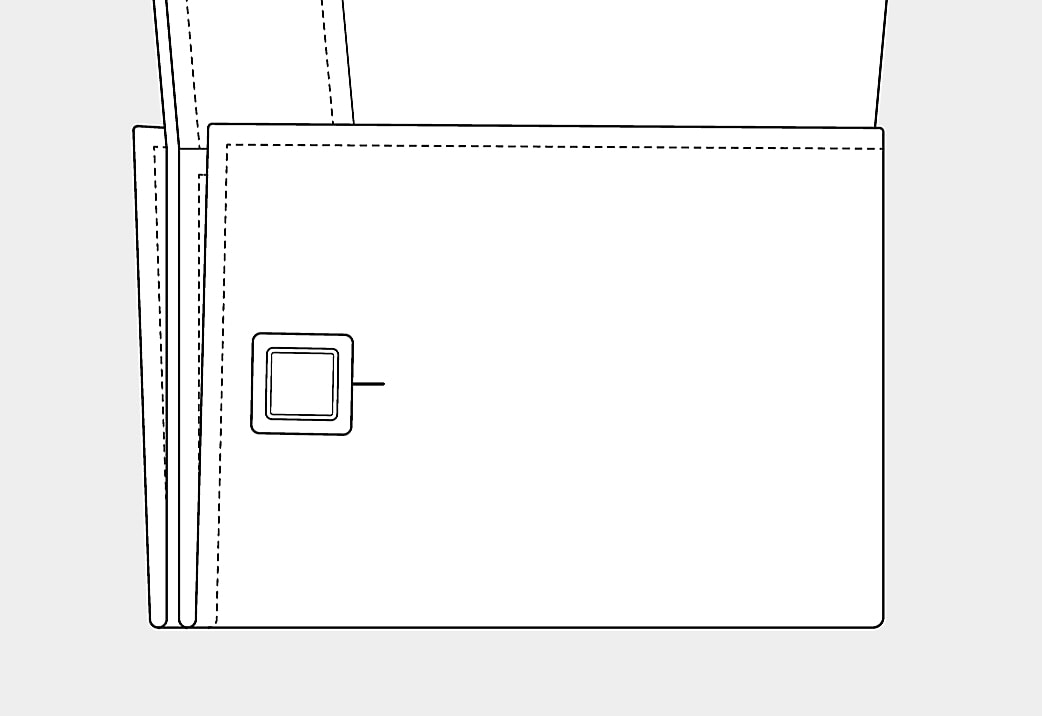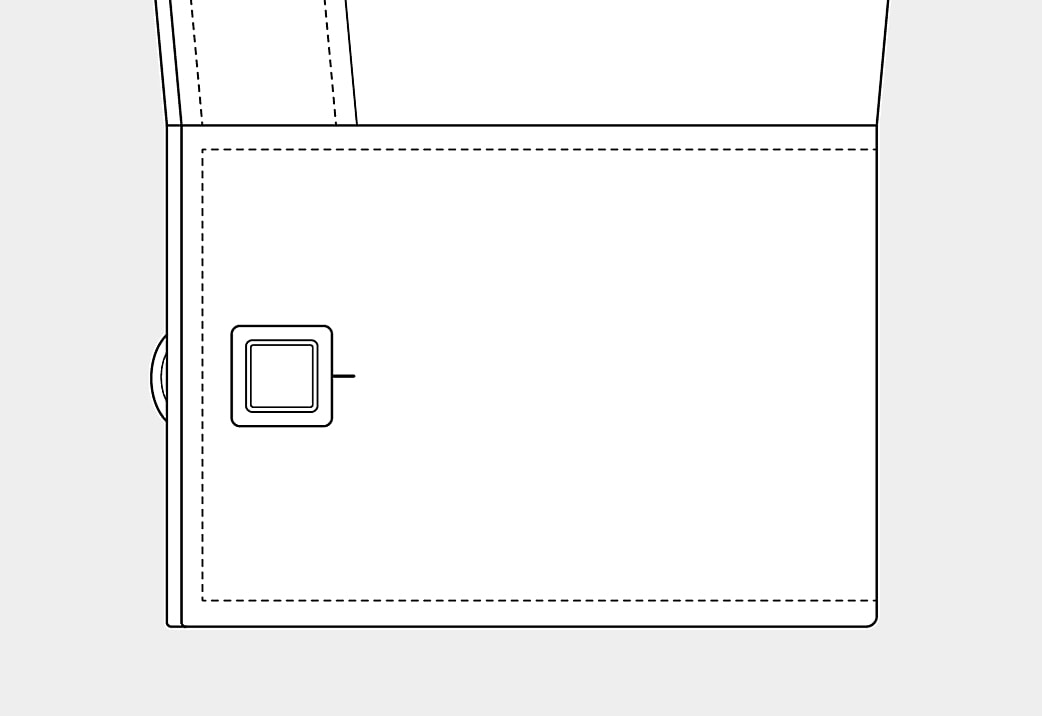Everything You Need to Know About Shirt Cuffs
After the collar, the sleeve cuffs are the most prominent part of a dress shirt, visible whether or not a jacket is worn. Different styles of cuffs have different levels of formality.
In this guide:
Types of shirt cuffs
Barrel cuff
Essentially a band of cloth at the end of the sleeve that is rolled around the wrist, overlapped, and buttoned to itself, the barrel cuff is by far the most common type of dress shirt cuff.
- Its simple form is both practical and elegant; although entirely appropriate with a suit, it is less formal than the French cuff.
- It is usually stiffened with an interlining of some sort, although it can also be made in a soft, unlined verson.
- Its corners can be rounded, angled, or square.
- It often features two buttons to adjust the snugness of the cuff. It can also feature vertically oriented double (or even triple) buttons along the cuff edge as a stylistic touch.
![]()
French cuff
The French cuff (also known as the double cuff) is a wide band of cloth at the end of the sleeve that is folded back on itself, wrapped around the wrist, and held together with cufflinks that fit through a series of four aligned buttonholes.
- It has a much more formal look than a barrel cuff, and generally should only be worn with suits and evening attire.
- French cuffs are usually stiffened with an interlining of some sort, although they can also be made in a softer verson.
![]()
Cocktail cuff
Essentially a hybrid between barrel and double cuffs, the rare cocktail cuff (popularized by Sean Connery in early James Bond films) features a folded-back cuff that is then rolled and buttoned like a barrel cuff.
- Dressier than a barrel cuff but less formal than a French cuff.
- Cocktails cuffs are usually stiffened with an interlining of some sort, although they can also be made in a softer verson.
![]()
Single link cuff
A single band of cloth at the end of the sleeve, simply closed with cufflinks.
- This rare cuff type is traditionally the most elegant and formal, and is generally seen only with eveningwear and the occasional dressy suit.
- Its corners may be rounded, angled, or square.
- Single link cuffs are always stiffened with an interlining of some sort to retain their structural integrity.
![]()
How shirt cuffs should fit
Regardless of what type of shirt cuff you’re wearing, they should always extend about ½" beyond the jacket sleeves (which in turn should end exactly at the wrist bone when the arm is at rest). This visually echoes the half inch of shirt collar that should extend beyond the jacket collar.
- Where a sleeve hits on your wrist is a function not only of sleeve length, but the fit of the cuffs. A cuff should be snug enough that it won’t slide more than a half-inch beyond the wrist bone even if the sleeve length is longer.
- A bit of excess sleeve length actually works to prevent cuffs from receding too far when the arms are raised, blousing slightly around the cuffs when the arms are at rest.
- Most off-the-peg shirts have rather loose-fitting cuffs; on barrel cuffs these can be tightened simply by moving the button, but the only way to tighten French cuffs is to use smaller cufflinks (i.e. with a smaller link span).



